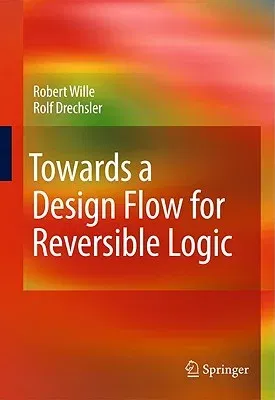The development of computing machines found great success in the last
decades. But the ongoing miniaturization of integrated circuits will
reach its limits in the near future. Shrinking transistor sizes and
power dissipation are the major barriers in the development of smaller
and more powerful circuits. Reversible logic p- vides an alternative
that may overcome many of these problems in the future. For low-power
design, reversible logic offers signi?cant advantages since zero power
dissipation will only be possible if computation is reversible.
Furthermore, quantum computation pro?ts from enhancements in this area,
because every quantum circuit is inherently reversible and thus requires
reversible descriptions. However, since reversible logic is subject to
certain restrictions (e.g. fanout and feedback are not directly
allowed), the design of reversible circuits signi?cantly differs from
the design of traditional circuits. Nearly all steps in the design ?ow
(like synthesis, veri?cation, or debugging) must be redeveloped so that
they become applicable to reversible circuits as well. But research in
reversible logic is still at the beginning. No continuous design ?ow
exists so far. Inthisbook,
contributionstoadesign?owforreversiblelogicarepresented.This includes
advanced methods for synthesis, optimization, veri?cation, and debugging

